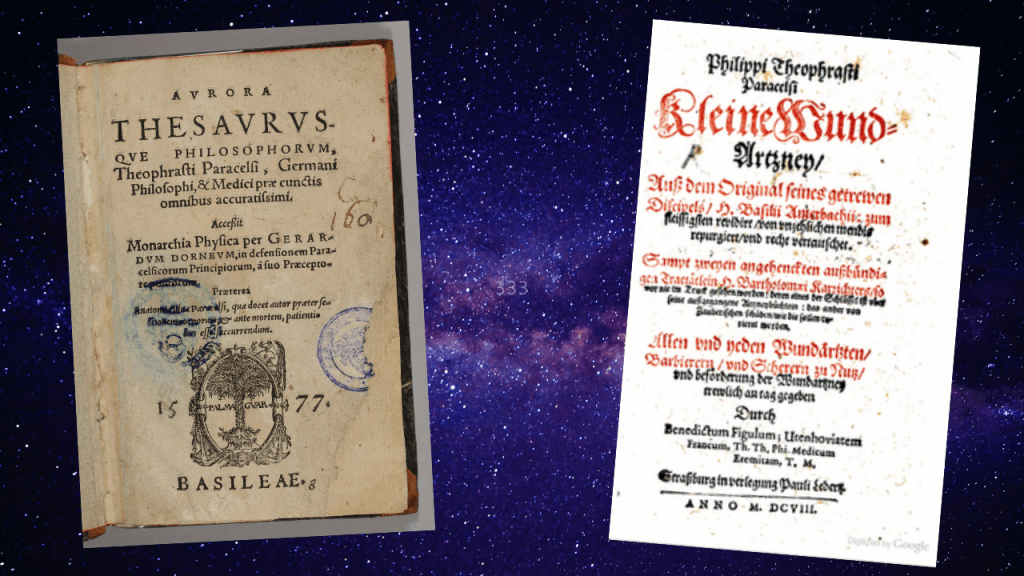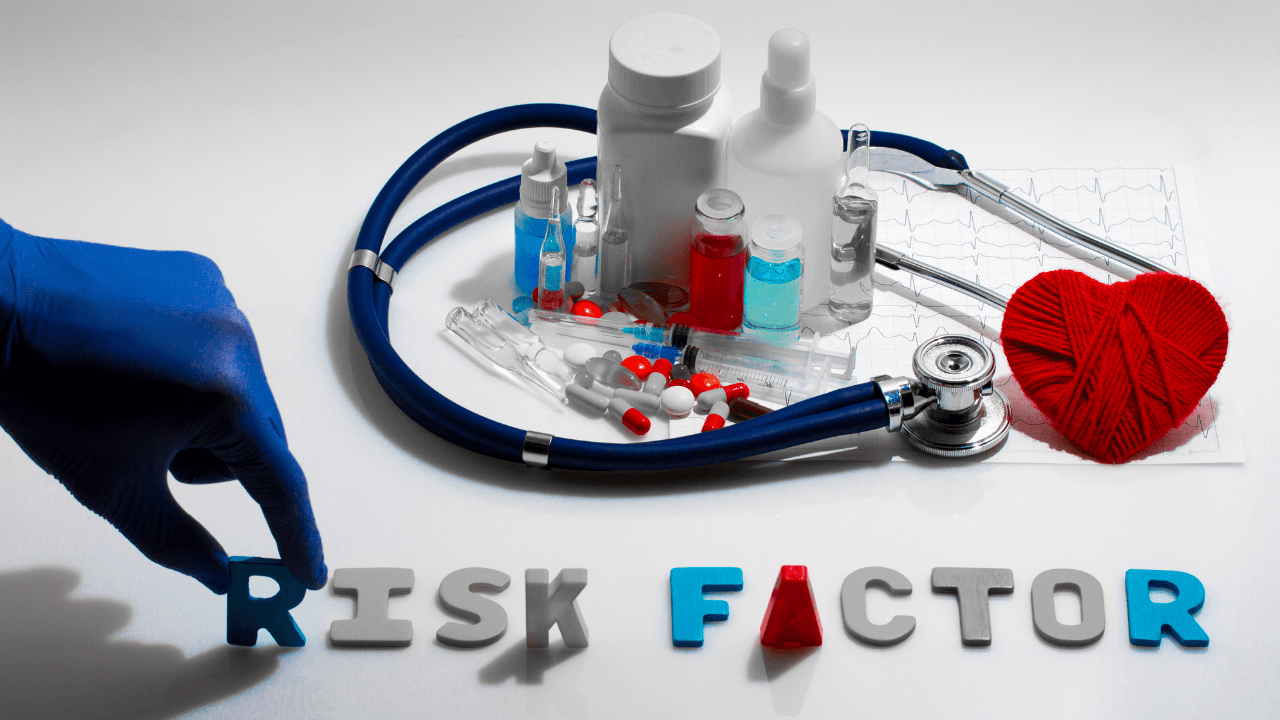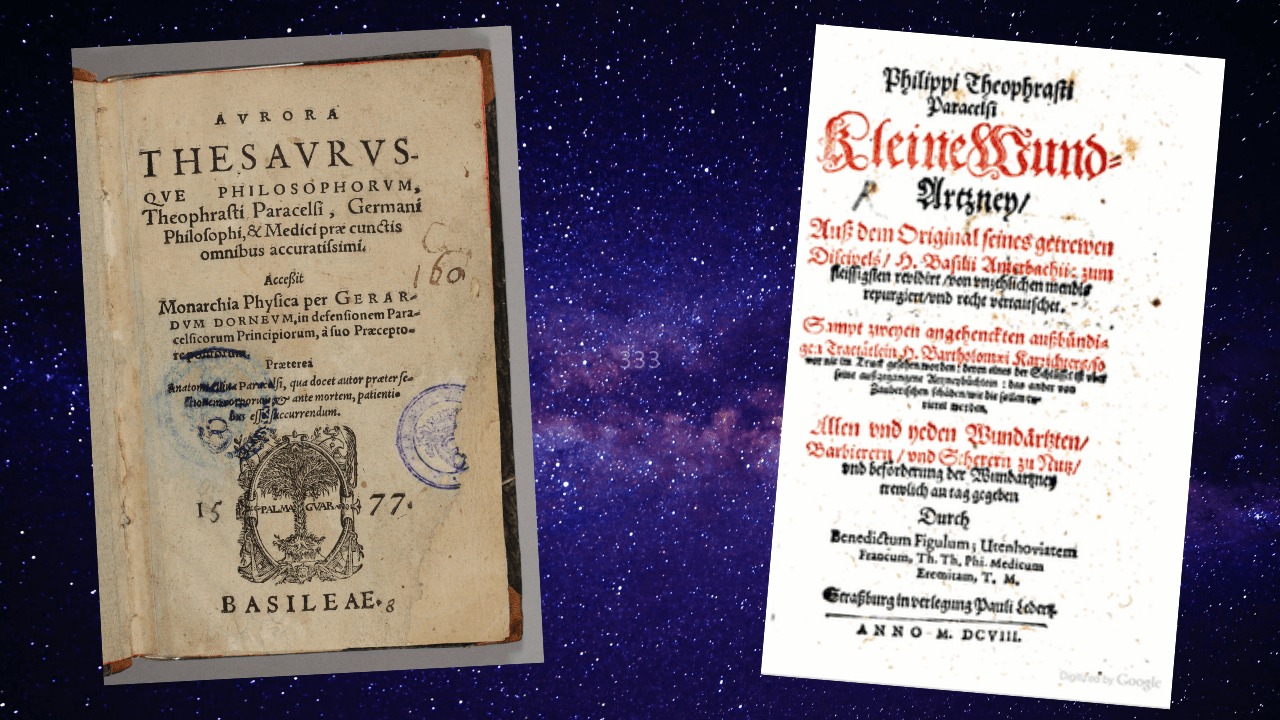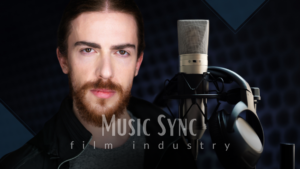
From Latin, “Dosis Sola Facit Venenum”, in English means “only the dose makes the poison”, a sentence that brings important practical information from 1541, about medication and how it works
To understand how worldwide – globalised – medicine works today, we need references from the past, especially practical references, this is the reason I decided to stop looking at what is presented in front of my eyes a little bit and look back, the deeper my brain could analyse.
It’s interesting that this time travel of about 500 years was not only refreshing but intriguing.
Did you ask yourself about from what is made the medication we are told to take, and if the dose is correct?
Do you do your own research?

Questioning is not a crime, it’s actually the main element of the human civilisation’s development, the main element of science and also religion.
Question is the principle of creation, for example, brainstorm, resulting in creative mind, creator’s actions, this is questioning.
Questioning is also the main element of optimisation. And this is already wonderful by itself because to optimise we need to question: “How can we make it better?
From questioning, we keep the extract of humanity alive and keeps evolving, technology, human abilities, medicine, capacity’s enhancement.
TODAY’S MEDICINE
Let’s question to optimise things: Is medication what we really need nowadays? Looking back I remember that reducing or curbing just six modifiable risk factors – tobacco use, harmful alcohol use, salt intake, high blood pressure and blood sugar, and obesity, to globally agreed target levels, could prevent more than 37 million premature deaths over 15 years, from the four main non-communicable diseases (NCDs): cardiovascular diseases, chronic respiratory disease, cancers, and diabetes, according to a research published in The Lancet… So there are priorities above viruses, isn’t it?
Will Lisil, Founder & CEO at MW3.biz International
Confirmation is important about questioning, then feel free to check an intriguing article about this topic, from the ScienceDaily platform.
MEDICINE FROM THE PAST
Well, that’s very interesting how we can time travel about 500 years and collect information about the seed of what we have today.
Let’s talk about medicine, and I am not a specialist but I like to do my own research, play with my thoughts. Just in case someone missed something back there, we never know.
- The Hidden Cost of Artificial Streaming: Understanding Fines and Their Impact on Artists’ Earnings
- Enhancing Your Music Reach: Track Radio Plays with Apple Music for Artists and Other Revolutionary Tech Support for Indie Artists
- Indie Artists Shine On A New Support System in Challenging Times
- Breaking Sound Barriers: Independent Artists Conquering the Film and Cinema Industry
- Are Search Engines Blocking Content Generated By Ai Assistants?
About 1541, a man called Philippus Aureolus Theophrastus Bombastus von Hohenheim died, but he left some information that is intriguing.
Theophrastus von Hohenheim, Swiss physician, alchemist, lay theologian, and philosopher, with sufficient knowledge to question, studied the dose of medication that at the time was based on the príncipe of Prima Materia.
The medicine was then developed based on 3 main elements as Sulfur, Mercury and Salt.

Paracelsus, as the doctor was called, adopted the idea of tripartite alternatives to explain the nature of medicine, composed of a combustible element (sulphur), a fluid and changeable element (mercury), and a solid, permanent element (salt), also considered the principle of human nature creation.
He was a pioneer in several aspects of the “medical revolution” of the Renaissance, emphasizing the value of observation in combination with received wisdom. This specific empirical knowledge originated from his personal experiences as an army physician in the Venetian wars.
During his time as a military surgeon, Paracelsus was exposed to the crudity of medical knowledge at the time, when doctors believed that infection was a natural part of the healing process. He advocated for cleanliness and protection of wounds, as well as the regulation of diet. Popular ideas of the time opposed these theories and suggested sewing or plastering wounds.
Historians of syphilitic disease credit Paracelsus with the recognition of the inherited character of syphilis. In his first medical publication, a short pamphlet on syphilis treatment that was also the most comprehensive clinical description of the period ever produced, he wrote a clinical description of syphilis in which he maintained that it could be treated by carefully measured doses of mercury. Similarly, he was the first to discover that the disease could only be contracted by contact.
TOXICOLOGY
Paracelsus extended his interest in chemistry and biology to what is now considered toxicology. He clearly expounded the concept of dose-response in his Third Defence, where he stated that “Solely the dose determines that a thing is not a poison.” (Sola dosis facit venenum “Only the dose makes the poison“).
This was used to defend his use of inorganic substances in medicine as outsiders frequently criticized Paracelsus’s chemical agents as too toxic to be used as therapeutic agents. His belief that diseases locate in a specific organ was extended to the inclusion of target organ toxicity; that is, there is a specific site in the body where a chemical will exert its greatest effect. Paracelsus also encouraged using experimental animals to study both beneficial and toxic chemical effects.
- The Hidden Cost of Artificial Streaming: Understanding Fines and Their Impact on Artists’ Earnings
- Enhancing Your Music Reach: Track Radio Plays with Apple Music for Artists and Other Revolutionary Tech Support for Indie Artists
- Indie Artists Shine On A New Support System in Challenging Times
- Breaking Sound Barriers: Independent Artists Conquering the Film and Cinema Industry
- Are Search Engines Blocking Content Generated By Ai Assistants?
Paracelsus was one of the first scientists to introduce chemistry to medicine. He advocated the use of inorganic salts, minerals, and metals for medicinal purposes. He held the belief that organs in the body operated on the basis of separating pure substances from impure ones. Humans must eat to survive and they eat both pure and impure things. It is the function of organs to separate the impure from the pure. The pure substances will be absorbed by the body while the impure will exit the body as excrement.
He did not support Hippocrate’s theory of the four humours. Instead of four humours, Paracelsus believed there were three: salt, sulphur, and mercury which represent stability, combustibility, and liquidity respectively. Separation of any one of these humours from the other two would result in disease.
To cure a disease of a certain intensity, a substance of similar nature but the opposite intensity should be administered. These ideas constitute Paracelsus’s principles of similitude and contrariety, respectively.
CONCLUSION

3-in-1 Questioning :
- What is being injected on people’s bodies?
- Is it the correct compound for the purpose?
- Is it the correct dose? Was it tested?





